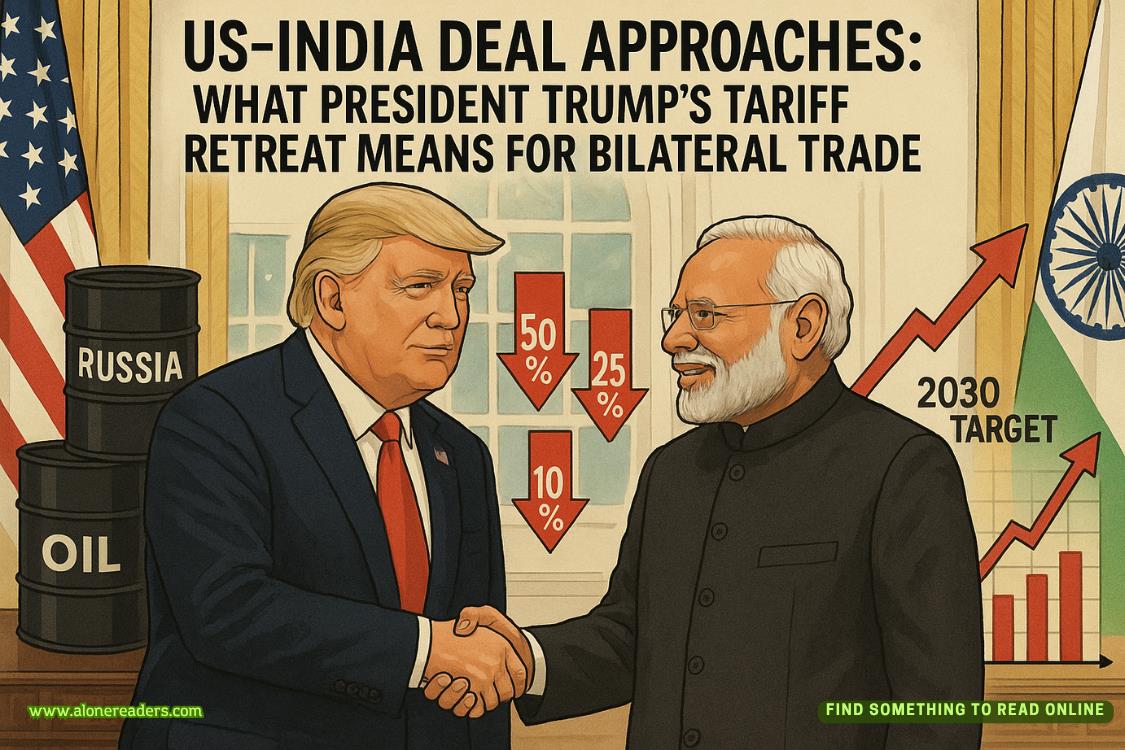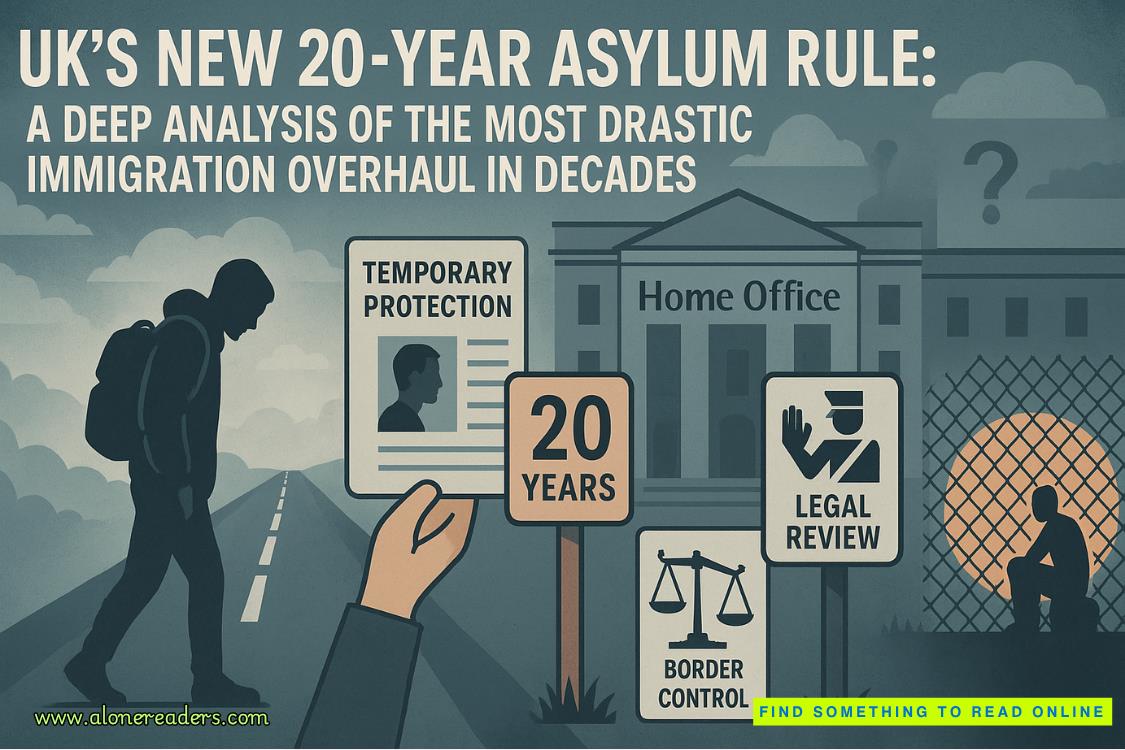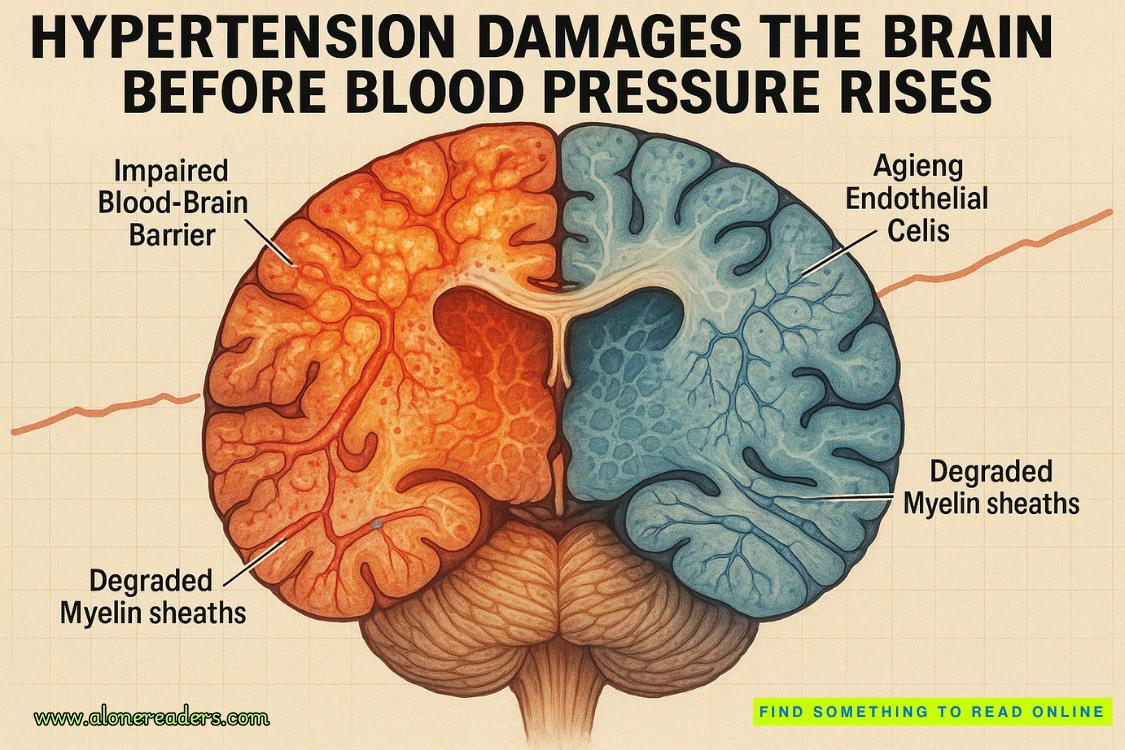Page 37 of The Girl on Hallow's Eve
“We prefer to think of it as herding,” Cary offers. “The well-trained guards are so good at it, they can remove someone in a matter of seconds without anyone else noticing what’s happening. They get them out of the situation and no one is the wiser, keeping the rest of the shoppers feeling comfortable and without worry.”
“Is this herding technique your only form of security?” I ask.
“No,” Keilan says. “The stores do have a right to determine their own theft protection methods as a part of their rental agreement with the mall. We discourage methods that are overly overt or don’t fit with the rest of the mall experience, but there are some who choose to have anti-theft mechanisms on their items and detectors at the entrances. We also have a state-of-the-art security camera system that’s designed to cover nearly the entirety of the mall as well as the parking lots without being obvious.”
“But, full disclosure, they weren’t active last night,” Cary adds.
“They weren’t on?” I ask, the brief second of hope I had after hearing that, dashed.
“No. We didn’t feel the need to have extra security personnel in place to monitor the cameras with such a small group in the mall. Besides, some of the system is still being hooked up and tested. The parking lot and entrances are in place, but there are some throughout the mall that still needed to be tweaked this weekend before the grand opening. So, we decided not to use them during the event,” Cary says.
“Damn it,” I mutter. “I wish you had.”
“I did,” Keilan says.
Cary’s eyes snap to him. “You did? What do you mean you did?”
“I turned on a few of the cameras. There wasn’t anyone watching monitors, but they should have been recording all night.”
“Why did you do that?” Cary asks. “We agreed not to have the cameras active.”
“I wanted to test them,” Keilan tells him. “And I thought having some footage of the event would be good for later marketing.”
“That’s something we should have discussed,” Cary says.
Keilan narrows his eyes toward the older man. “I’m not subservient to you. I made a decision. I’m well within my rights to do that.”
“And it was the right choice,” I say, interjecting before the conversation can get any more heated. “I need to see those tapes.”
After breakfast, we go back home to get a few hours of rest before going back into the investigation. I’m up before Sam is, compiling thoughts and questions I need to work through. We both shower and dress and when we’re ready, we make our way to the hospital to talk to the survivors who’d actually witnessed the killer. I’ll need to talk to everyone who was there at some point to get every detail that may be available. Often people don’t realize they actually know something that could be valuable until it’s specifically asked of them.
But I want to start with those who’d actually encountered him first. These are the people who can give us the most important information. Though every witness I’ve heard anything from so far has described the same facial covering and hood as well as a long sweatshirt and gloves that conceal any and all identifying features, it’s not just details about the potential perpetrator that are important for us to collect at this point.
We also want to know when and where people encountered him. This helps us track his movements, identifying when the incident began and developing a timeline as to when he attacked each victim. Though it might not seem to provide much value at the beginning of the investigation, having a firm timeline can be extremely useful when testing the validity of alibis or determining if we believe there truly was only one attacker or multiple working in tandem.
Some of the victims survived but experienced injuries so severe that their continued survival isn’t guaranteed. Many have had to undergo surgery or are being sedated and kept under observation by doctors to prevent further stress and psychological trauma that can worsen such serious injuries, particularly for those who will wake up to the news that they have lost the person who was with them at the mall last night. The doctors promise they will let us know as soon as these patients are in good enough condition to talk with us.
Until then, I’m able to visit with a few who only sustained minor injuries, many from falling or attempting to escape rather than actually coming into contact with the killer. I’ve gathered several different versions of what happened and at what points during the evening when it’s time for an interview I can’t necessarily say I’m looking forward to but that I feel might be helpful.
Sam meets me in the hallway and we compare notes for a few seconds while we wait for the doctor. Many of the details are shared across these different accounts, making them more believable. It’s the descriptions of the man shooting down from the mezzanine that particularly strikes me. The survivors described the sound of the gun and the number of shots that rained down on them. From those details, Sam and I both came to the same conclusion.
The man was using the service weapons of the police officers he’d killed outside.
It’s not a surprise. When we found them dead, we noticed their guns were missing. They wouldn’t have been on duty without them, which meant the most likely scenario was that whoever killed them took their weapons. But there’s something chilling and also infuriating about the thought of him not only stealing those weapons from the officers, but then using them to further wreak havoc. It’s a level of arrogance and disrespect that makes my skin crawl and the edges of my vision turn red.
It’s a detail I know will haunt Glen Nielson, and the truth is I can’t say I feel bad for him. What happened isn’t his fault. I know that. It isn’t truly the fault of anyone but the man who committed the murders. But his unwillingness to recognize the potential threat and determination to minimize the risk, putting only the bare minimum police presence in place, is what led those two men to their slaughter. If more officers had been assigned in the first place, there was less of a chance this would have unfolded in the same way.
“Agent Griffin? Sheriff Johnson? He’s ready for you,” the doctor says, sticking his head out of the nearby room.
Sam and I look at each other and then head into the room where George McCarthy is propped up in the bed, his bandaged arm supported by a pillow and his head lolled back against even more.
“I didn’t think the cut on his arm looked bad enough for him to need to be admitted,” I whisper to the doctor before going all the way into the room.
“It isn’t,” he replies. “Mr. McCarthy insisted he needs time to properly heal and let his mind recover.”
I nod. I can completely understand that need. Going through something like that is trauma in the truest form of the word and it can take a tremendous toll on a person. But George isn’t sedated. He isn’t being seen in the pysch ward. I don’t like to make sweeping assumptions about what someone is going through or how it is impacting them, even when it’s not immediately obvious that it’s having an effect at all, but I feel less like he is suffering and in need of extensive treatment and more like I’m witnessing the beginning of his long game. I don’t doubt what he experienced was horrific and will have a lasting effect. But I do wonder how much of this is him taking full advantage of the situation in as many ways as he can.
“Hello, Mr. McCarthy,” I start, walking into the room and letting Sam close the door behind us. “I’m Agent Griffin. I’m with the FBI. This is my husband Sheriff Johnson.”















